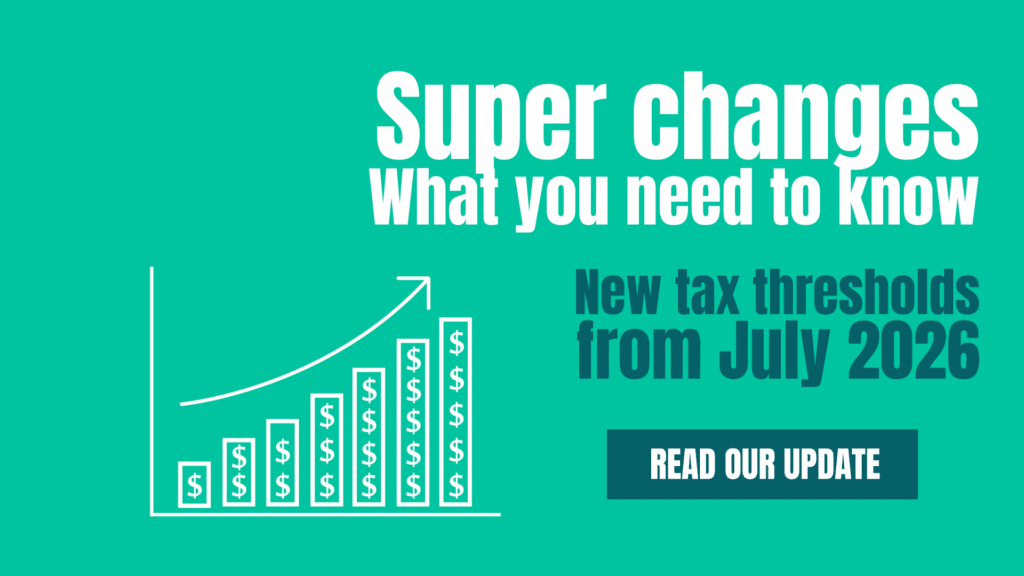
The Federal Government has announced significant updates to its proposed “Better Targeted Superannuation Concessions” measure — a plan designed to change how superannuation earnings are taxed for individuals with very high balances.
What’s changing
From 1 July 2026, new tax rules will apply to those with super balances above $3 million. Key details include:
- Timing: The start date has been pushed back one year, providing more time for affected individuals and super funds to prepare.
- Realised gains only: The additional tax will apply only to realised investment gains — such as dividends, interest, and profits made when selling investments — rather than on unrealised (paper) gains.
- Indexed threshold: The $3 million threshold will now be indexed to inflation, reducing the risk that ordinary growth in super balances over time pushes more people into the higher tax bracket.
- Tiered tax rates:
- Super balances between $3 million and $10 million will face a 30% tax rate on realised earnings (up from the standard 15%).
- Balances above $10 million will attract a 40% tax rate on applicable earnings.
What this means in practice
Under the revised design, individuals with super balances over $3 million will continue to pay the standard 15% tax on earnings up to that level. Any earnings attributable to the portion above $3 million will be taxed at the higher rate that applies to their balance.
For example:
- A person with $4 million in super will pay an extra 15% tax (making it 30%) on the earnings generated from the $1 million portion above the $3 million threshold.
- Someone with a balance exceeding $10 million will pay 40% on the applicable portion of earnings above that level.
By taxing only realised gains and indexing the thresholds, the government has aimed to make the new system simpler and fairer than the original proposal.
Support for low-income earners
At the same time, the government also announced improvements to the Low Income Superannuation Tax Offset (LISTO). The maximum offset will rise from $500 to $810, and the income eligibility limit will increase from $37,000 to $45,000, helping more lower-income Australians boost their retirement savings.
What to do next
If you hold a super balance approaching or exceeding $3 million — or if your business structure or family assets contribute to a complex super position — now is the time to review your strategy.
Understanding how these upcoming changes might affect your long-term retirement plans can make a significant difference.
Our team at q4 financial can help you assess your super structure and investment approach to ensure you remain tax-effective and aligned with your financial goals.
For more detail, visit Better Targeted Superannuation Concessions changes | Treasury.gov.au, or get in touch with our team for tailored advice.
